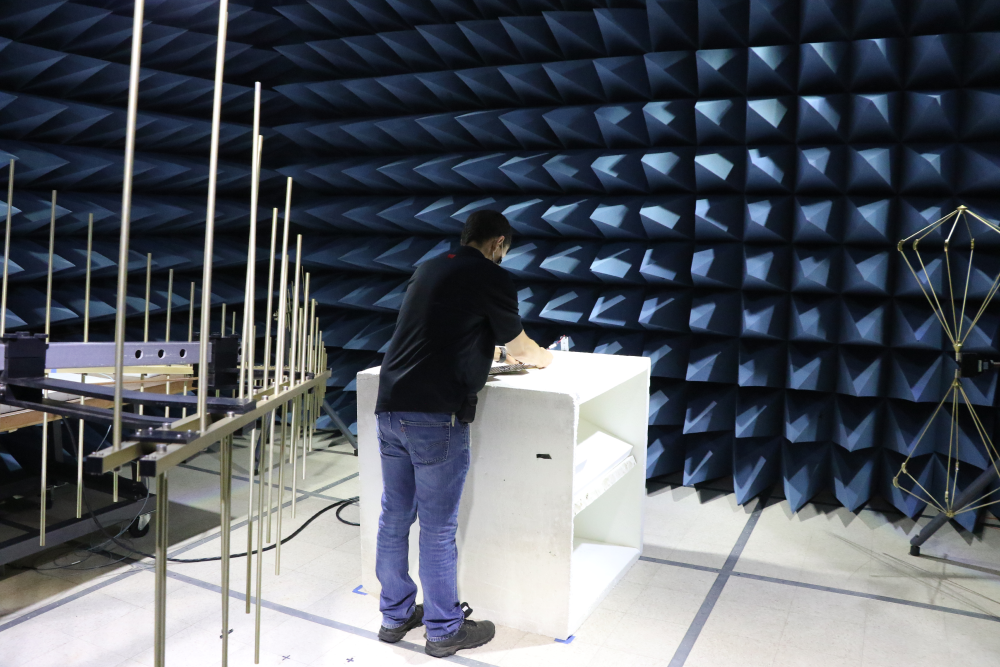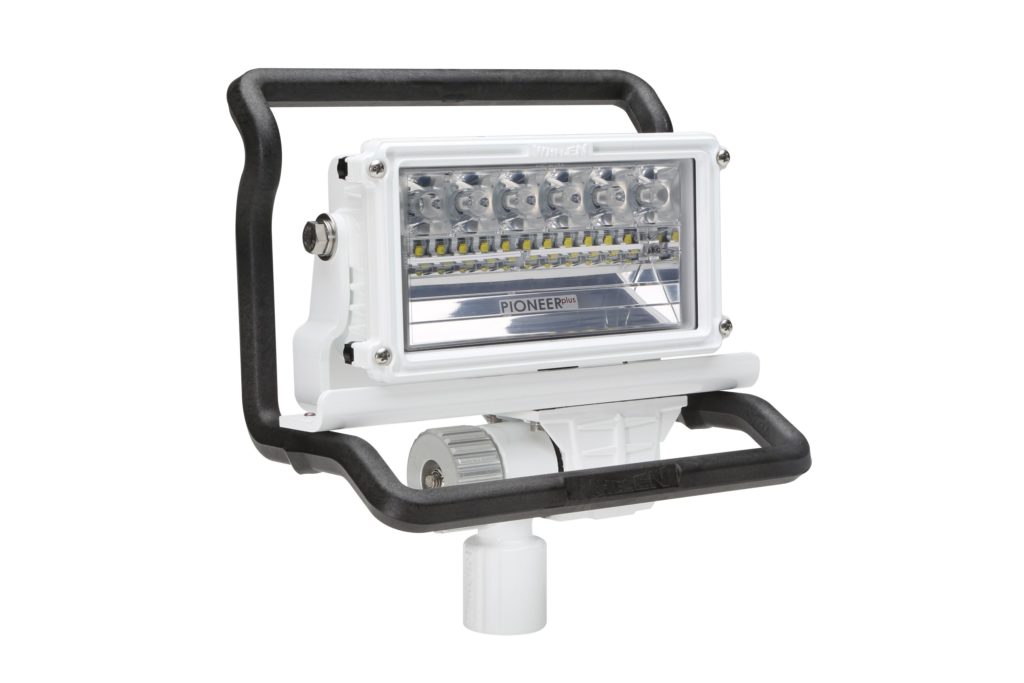Testing, Testing, and More Testing: How Industry-Leading Products Get Made
This article was first published in the April 2023 edition of Fire Apparatus & Emergency Equipment.
By David Robbins
A common thread among the industry’s leading U.S.-based manufacturers is the belief that no product should enter the marketplace without exhaustive testing.
As elite manufacturers develop new products and technologies that pave the way for safer emergency scenes, they also keep a strict eye on ensuring these innovations are thoroughly tested and proven to be reliable before fully releasing them for use.
One of the ways manufacturers accomplish this is by keeping as many operations as possible within their control. Previous articles in this column have discussed the virtues of vertical integration and how companies like LION and Whelen Engineering are using their in-house resources to keep their product pipelines flowing. As a result, these vertically integrated manufacturers are avoiding many of the supply chain issues that have affected other manufacturers and assembly-only operations that rely on outsourcing and offshoring for their parts and products.
When a manufacturer brings a new product to market, it is usually after months or years of development. Industryleading manufacturers are constantly investing in new technologies and materials, spending vast amounts of resources to ensure their products will meet the demands of the job. They are hiring teams of engineers and design experts to create their products as well as building and maintaining in-house facilities like anechoic sound and radio frequency (RF) chambers to test products and materials.
In the fire apparatus industry specifically, these companies are ensuring their products meet or exceed National Fire Protection Association (NFPA) standards, which, as stated on the NFPA’s Web site, define the requirements for new automotive fire apparatus and trailers designed to be used under emergency conditions to transport personnel and equipment and to support the suppression of fires and mitigation of other hazardous situations. In other words, the NFPA outlines requirements manufacturers must adhere to regarding everything from water tanks, ladders, and electrical loads to the minimum flash rates, color, and location of lights on an apparatus.
By having certified on-site test labs and extensive resources, the best manufacturers are ensuring their products comply with standards, and some are also pushing beyond the status quo to use their technology, in-house resources, and proven research to bring industry-leading and forward-thinking products to the market. These manufacturers are also adept at responding and reacting to industry feedback to develop new products more quickly. They can shorten lead times without sacrificing quality.

The industry’s leading manufacturers also share a sense of duty and responsibility to help keep first responders safe. They don’t compromise quality, using the right combination of materials for the right applications to ensure the longevity and superiority of their products. Product updates and improvements are made as documented research yields new discoveries—like with warning light lenses, for example, which were originally made of glass. Today, polycarbonate plastic is the preferred material for warning light lenses and domes. Polycarbonate was proven to
be more durable and impact-resistant than glass and is a fantastic solution for the exterior of an apparatus when also hard coated. Hard coating provides polycarbonate lenses with UV and scratch resistance from sand, salt, sun, and road chemicals, increasing the visual life of the lights. Again, for elite manufacturers, using the right materials in proven ways helps make
certain they are doing everything they can to keep first responders safe.
Reliability, safety, and performance are three factors manufacturers use to decide if and how a material should be used in a product. America’s top manufacturers in our industry take it one step further by partnering with companies like Dupont, Shin-Etsu Chemical Co., and Momentive to develop new materials at the ground level. One example of this is Whelen Engineering’s
documented history of involvement in the development of the optical grade silicones that are used industrywide in many warning light products on the market today. Whelen’s engineers worked closely with Shin-Etsu to pioneer a process that uses the optical benefits of silicone by exploiting the material’s strengths and avoiding its weaknesses. This required significant resources from Whelen, as they were tasked with building new tools and equipment to test the materials and processes as the team progressed.
This insight into the development of a new resource like silicone allows Whelen and other manufacturers who are invested in product development at its earliest stages to make the most effective and lasting components for their products. That is one of the reasons Whelen is not currently using silicone on the exterior of warning lights. Through research, testing, and development processes, Whelen has learned that silicone is susceptible to light distortion and is softer than other materials, making it easier to pierce and harder to clean. As with most well-known manufacturers, monitoring new materials and technology is part of day-to-day operations. When their research uncovers a proven way to make a product better, these companies
use their vast resources to adapt and incorporate it as quickly as possible.

You can choose any manufacturer for your products, but why not choose manufacturers that know and understand their products from the inside out, those that have the capabilities and resources to test and develop their products to meet the highest standards, those that understand that you put your life on the line every day—that put in the time and effort to ensure you can rely on them in the moments that matter most.
DAVE ROBBINS is Vice President of Marketing at Whelen Engineering and has spent more than 35 years in the public safety marketplace working for a variety of manufacturers and distributors. He is dedicated to serving the fire industry and works to bring recognition to first responders through programs like Whelen’s Everyday Champion award and partnerships with organizations like the National Fallen Firefighters Foundation./span>



